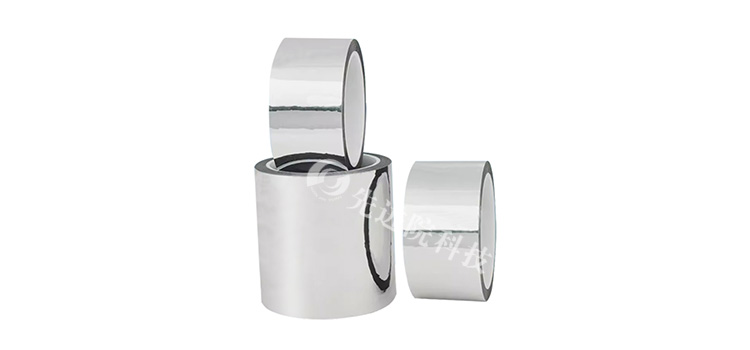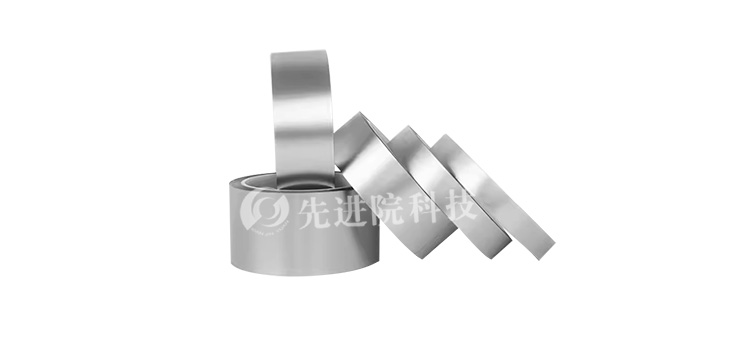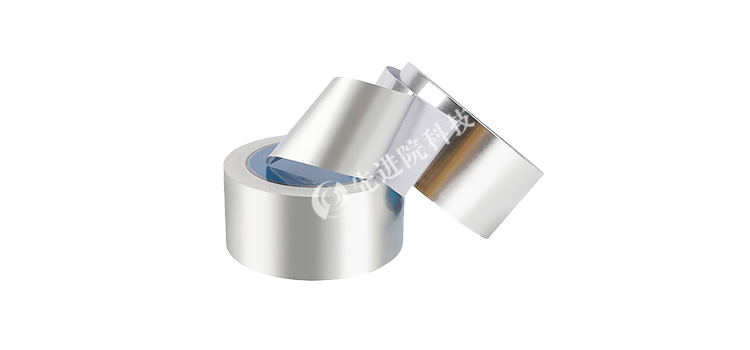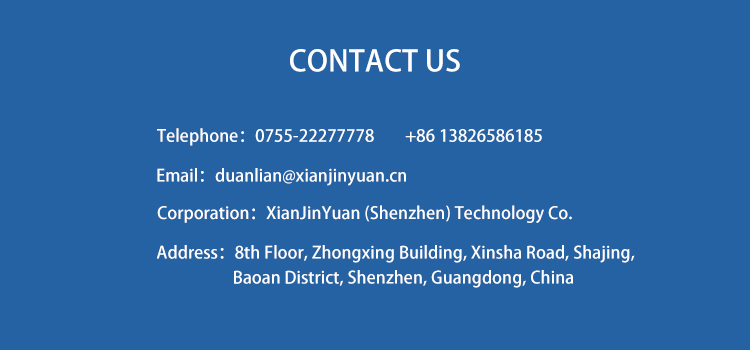

Hotline:0755-22277778
Tel:0755-22277778
Mobile:13826586185(Mr.Duan)
Fax:0755-22277776
E-mail:duanlian@xianjinyuan.cn
With the continuous development of technology, PI (polyimide) tin plated film is becoming increasingly widely used in the fields of electronics, aerospace, automotive, and energy. However, in high-temperature environments, the tin layer of PI tin plated film is prone to oxidation, which affects its performance and service life. Therefore, how to improvePI tin plated filmThe tin layer antioxidant technology has become a current research hotspot. This article will explore how to improve the tin layer oxidation resistance technology of PI tin plated film from several aspects, and introduce the research achievements of Advanced Institute (Shenzhen) Technology Co., Ltd. in this field.
Antioxidant additives are one of the effective means to improve the antioxidant performance of PI tin plated film tin layer. These additives are usually composed of various metal elements, such as tin, zirconium, phosphorus, hafnium, etc. For example, an efficient tin solution antioxidant additive consists of 90% to 96% tin, 1% to 3% zirconium, and 3% to 7% phosphorus. Another type of antioxidant additive contains 95% to 99% tin and 1% to 5% hafnium.
The main purpose of antioxidant additives is to reduce the oxidation and burning loss of tin in the tin solution, thereby reducing the generation of tin slag. After adding antioxidants, the surface structure and corrosion resistance of the coating can be significantly improved. Specifically, the addition of antioxidants can endow tin solution with high antioxidant and polarization capabilities. In addition, antioxidants can also reduce the production of tin slag and improve the quality of tin plated products.
Before tin plating, thorough cleaning and removal of oxides and impurities on the surface of the substrate is necessary to ensure good bonding between the tin layer and the substrate, which is beneficial for improvingPI tin plated filmThe key steps in antioxidant performance. This can be achieved through chemical or mechanical treatment.
After tin plating is completed, sufficient cold and hot water rinsing should be carried out to remove residual impurities and oxides, thereby slowing down the oxidation rate of the tin layer. Cold and hot water flushing can effectively remove the oxide film on the surface of the workpiece, which is one of the main reasons for the discoloration of the tin layer and the loss of welding performance. By promptly cleaning off the oxide film, further diffusion and exacerbation can be prevented. After rinsing, it needs to be dried immediately to avoid contamination by harmful gases in the atmosphere. Drying can prevent the regeneration of oxide film, thereby extending the service life of the tin layer.
Improving equipment design or operating procedures to reduce the contact area between tin solution and air is also an improvementPI tin plated filmAn effective way to enhance antioxidant properties.
In some cases, a layer of anti-oxidation coating can be applied on the surface of the tin plating layer to further prevent oxidation. This coating can effectively isolate the tin layer from contact with oxygen in the air, thereby extending the service life of the coating. The types of antioxidant coatings mainly include glass coatings, ceramic coatings, metal coatings, and composite coatings. These coatings have different application effects in different high-temperature environments.
Advanced Institute (Shenzhen) Technology Co., Ltd. has achieved significant research results in the field of PI tin plated film antioxidant technology. The company has developed a series of efficient antioxidant additives and coating materials through extensive experimentation and research. For example, they developed a special organic coating material, and the PI copper plating film coated with this organic coating maintained its color after 40 hours in a high temperature environment of 150 ° C. The color of the uncoated PI copper plated film begins to change significantly after 5 hours at the same temperature.
In addition,Advanced Institute (Shenzhen) Technology Co., LtdWe also studied methods such as surface passivation treatment, and verified through comparative experiments that these methods can effectively prevent color changes in PI copper plated films at high temperatures to varying degrees. These research results provide strong support for improving the tin layer oxidation resistance technology of PI tin plated film.
In summary, by applying antioxidant additives, thoroughly cleaning and pre treating the substrate surface, rinsing with hot and cold water after tin plating, improving equipment design and operating procedures, and applying antioxidant coatings, the antioxidant performance of PI tin plated films can be significantly improved in high-temperature environments. The research achievements of Advanced Institute (Shenzhen) Technology Co., Ltd. in this field have provided us with valuable experience and inspiration. With the continuous development of technology, it is believed that the antioxidant technology of PI tin plated film will become more mature and perfect, providing more reliable and stable performance guarantees for applications in various fields.
The above data is for reference only, and specific performance may vary due to production processes and product specifications.

Advanced Institute (Shenzhen) Technology Co., Ltd, © two thousand and twenty-onewww.avanzado.cn. All rights reservedGuangdong ICP No. 2021051947-1 © two thousand and twenty-onewww.xianjinyuan.cn. All rights reservedGuangdong ICP No. 2021051947-2